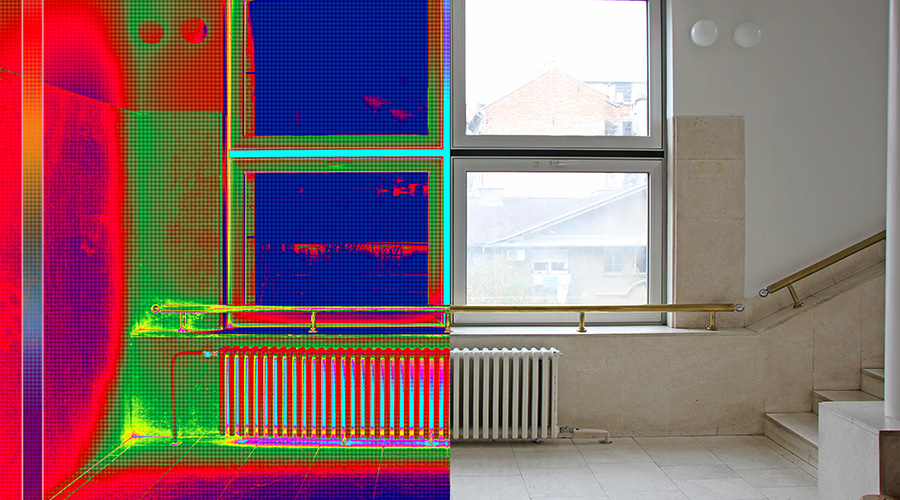How Facilities Maintenance and Engineering Teams Can Benefit from a CMMS
CMMS manufacturers discuss why maintenance and engineering teams often underuse these systems in their operations.
Computerized maintenance management systems (CMMS) have the ability to alter maintenance operations in institutional and commercial facilities by streamlining workflows, optimizing resource allocation and improving asset management. However, despite these capabilities, many maintenance and engineering teams struggle to reap the full benefits of their CMMS investments. Whether due to underused features, insufficient training or resistance to adoption, these challenges can hinder a facility’s operations and prevent them from reaching peak efficiency.
To explore how maintenance and engineering managers can bridge this gap, Facility Maintenance Decisions asked CMMS manufacturers to provide their insights on actionable steps to help organizations get the most out of their CMMS and elevate their maintenance strategies.
FMD: In general, why do maintenance and engineering departments not benefit from a CMMS as much as they could?
“Many maintenance and engineering departments underutilize a CMMS due to a combination of insufficient training, resistance to change, and lack of proper implementation strategies. A CMMS is only as effective as the data entered into it and the workflows established around it. If leadership does not prioritize adoption, or if technicians find the system cumbersome, usage will suffer. Additionally, when organizations fail to tailor the system to their unique needs — whether through configurable workflows, reporting structures, or automation — they often miss out on the full value a CMMS can provide.”
— Alex Cummings, chief executive officer and co-founder, FlowPath
“Many maintenance/engineering departments don’t start with the basics, an accurate inventory of all their equipment/assets which they maintain and perform work on. Without this, building a successful and efficient inspection, testing and maintenance (ITM) program is impossible.”
— Joseph C. Stockman, director of product experience, FSI Services
“One of the major challenges maintenance and engineers experience is not having full understanding of or visibility into the full capabilities of CMMS and the information it provides. Often, departments do not follow the right CMMS onboarding process and do not train their front-end users correctly (maintenance technicians, maintenance supervisors, internal stakeholders, etc.).
This dilemma creates a ripple effect across the organization in terms of inaccurate data flowing through CMMS. CMMS works on simple methodology (correct data versus incorrect data). If you want to utilize the CMMS to its optimum potential, you need to make sure that the data is 100 percent accurate.”
— Ronak Macwan, senior manufacturing industry specialist, Brightly
“There are a few reasons that maintenance and engineering departments often don’t benefit from a CMMS as much as they could, including:
- Maintenance and engineering teams commonly use a CMMS to track the basics of assets and corrective work orders. However, there are many advanced features such as preventive maintenance, business intelligence and other features that could not only help them be more productive but also help manage their workload.
- A poor or ineffective onboarding process of the CMMS led to slow adoption, an extended learning curve and lengthened the time to value.
- Analytical and historical data is not taken advantage of in a way that can be used to shape processes better and increase efficiency.
- Their current CMMS may not have been the best solution for their processes and workflows, and now they are stuck trying to fit a square peg into a round hole.”
— Dylan Meek, sales engineer, FacilityONE
“A CMMS is a tech toolbox, full of potential if it’s stocked with information about your facilities and assets. But for maintenance teams, collecting and maintaining data can feel like additional chores, especially when urgent tasks take priority. This can lead to gaps in data, making it hard to see the true state of assets and plan effectively, potentially further leading to a reluctance to enter or consult the data in the CMMS. Ideally, capturing data should be viewed as an essential ongoing task and fit smoothly into daily work to provide regular insights.
Meanwhile, engineering teams might see a CMMS as just a place to store information for the maintenance team, not as a tool to actively help planning, design or construction. This view can limit using it for predicting and planning. To make a CMMS more useful, engineering teams should regularly check and update data, integrating it into their everyday decision-making.”
— Nic Guedenet, facilities management specialist, AkitaBox
Jeff Wardon, Jr., is the assistant editor of the facilities market.
Related Topics:














